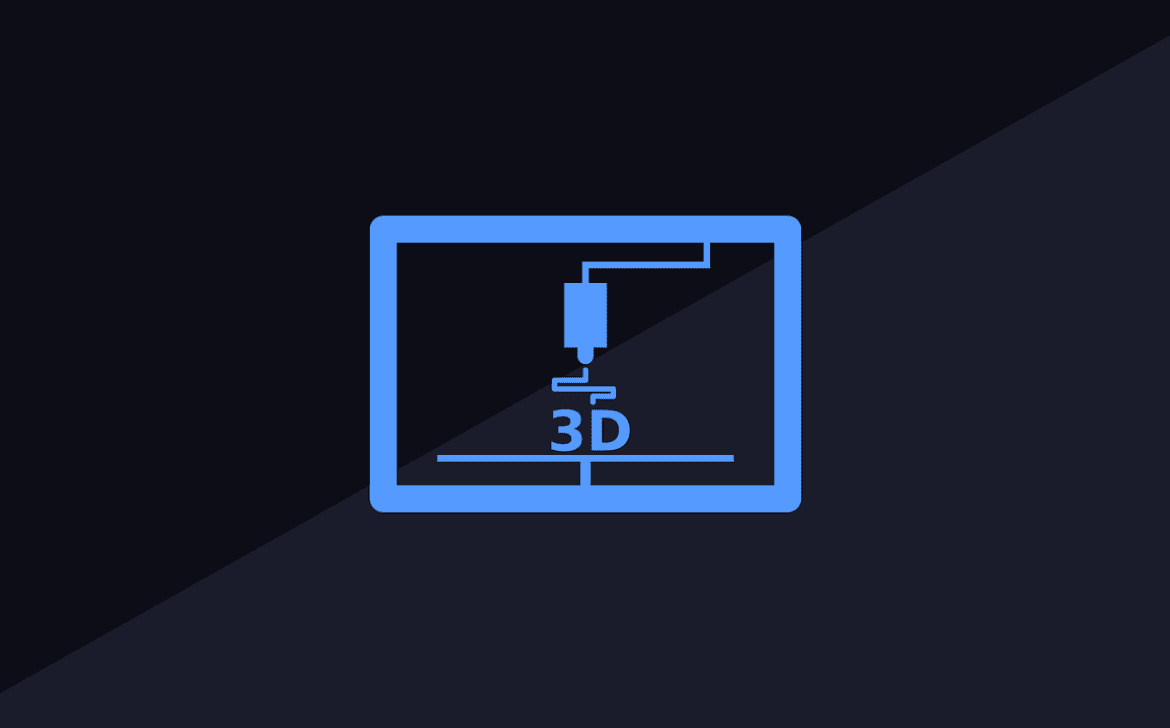Unleashing the Power of 5G Technology: A Revolution in Connectivity and Communication.
Introduction
The digital age has witnessed remarkable technological leaps, but none have been as revolutionary as the advent of 5G technology. As we stand on the cusp of a new era, the rollout of 5G networks promises to transform how we connect and communicate in ways previously deemed unimaginable. This blog is a journey into the realm of 5G, unraveling the layers of its potential and uncovering the profound ways it is reshaping industries, enhancing user experiences, and forging a path towards a more interconnected world.
The Genesis of 5G Technology:
To understand the significance of 5G, we must first grasp its evolution from previous generations. From 1G to 4G, each iteration of wireless technology brought incremental improvements, but 5G marks a paradigm shift. Built on higher frequencies, increased bandwidth, and advanced modulation techniques, 5G technology delivers unprecedented speeds, reduced latency, and the capacity to connect a vast number of devices simultaneously.
- Supercharged Connectivity: A New Era of Speed:
At the heart of 5G’s transformative power is its unparalleled speed. With data rates potentially reaching 10 Gbps or higher, 5G networks enable lightning-fast downloads, seamless streaming of high-definition content, and real-time interactions that redefine user experiences.
- Ultra-Low Latency: Paving the Way for Innovation:
One of 5G’s standout features is its ultra-low latency, a delay so minimal that it enables real-time interactions crucial for applications like remote surgery, autonomous vehicles, and augmented reality experiences. This capability opens doors to innovation across industries, from healthcare to transportation.
- Internet of Things (IoT) Revolution:
The proliferation of IoT devices requires a network capable of handling massive device connections. 5G’s high capacity and low power consumption make it the ideal enabler for the IoT ecosystem, where smart cities, connected homes, and industrial automation redefine our world.
- Reshaping Industries:
The impact of 5G extends beyond seamless video calls. It’s revolutionizing industries such as manufacturing, entertainment, and healthcare. Smart factories leverage 5G’s reliability and low latency for real-time monitoring and automation, while immersive AR/VR experiences redefine entertainment and remote medical procedures become a reality.
- The Road Ahead: 5G’s Infinite Possibilities:
The full potential of 5G is yet to be realized. As its deployment expands and innovations flourish, 5G will drive advancements like edge computing, enabling rapid data processing at the network’s edge, and open doors for groundbreaking technologies we can only imagine.
Conclusion
The advent of 5G technology heralds a new era of connectivity and communication, a realm where speed, reliability, and innovation converge to reshape industries and elevate user experiences. From empowering the Internet of Things to enabling real-time applications that were once confined to science fiction, 5G stands as a testament to human ingenuity and our relentless pursuit of progress. As we step into this era of boundless connectivity, one thing is certain: the journey with 5G has only just begun, and the future it promises is nothing short of extraordinary.





















